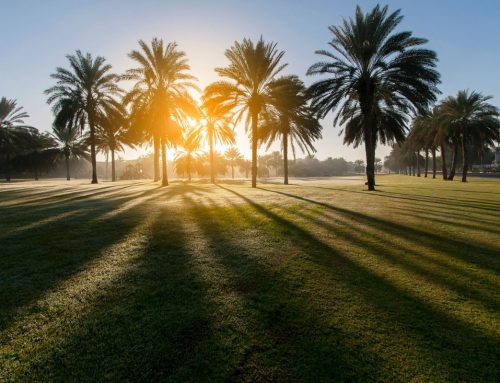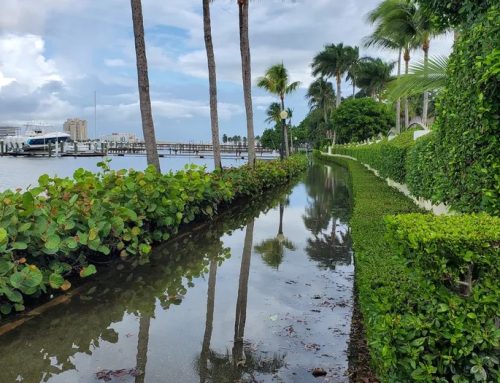If you have ever been to a major city, you will likely have experienced an urban landscape. 68% of the global population lives in a city landscape, so it’s important that human beings learn more to optimize these urban spaces so that both humans and the environment can benefit from these spaces. In this blog article, we’ll take a closer look at what urban landscape design is, its principles and its benefits.
What is An Urban Landscape?
Urban landscape is more than just planning to make sure that a city’s streets are beautiful to walk down, it’s also critical for how the city operates. In essence, urban landscape design is the designing, planning, and implementation of a city’s plants, greenways, and other landscaping elements.
Principles of Urban Landscape Design
There are four main principles when it comes to urban landscape design:
- Enhance the daily life of the residents – A good design can provide benefits to its residents and visitors alike including reduced stress levels, increased recreational activities, and simply making people happier with beautiful surrounding.
- Preserve and utilize the natural ecosystem- When urban landscaping is done right it considers the way it can support and benefit the city well into the future.
- Create stylish and pleasing spaces – Urban landscapes should create an impact on the surrounding environment. Good urban landscape design considers the local architecture, seasonal changes, and overall balance and scale of the city to create a harmonious design.
- Establish a sustainable landscape- Finally, whenever possible, using sustainable landscaping design is a key component of urban landscaping to increase the longevity of the design.
Benefits of Urban Landscape
As outlined above, urban landscape design is about more than just pretty plants and charming parks. Urban landscaping can benefit the quality of life of its residents and helps create healthier communities. Below are the five most important benefits of urban landscaping:
- Fights Climate Change – Planting more trees in cities helps reduce the levels of fossil fuels, distributes energy, improves the rain and air quality, and can have an impact on the surface temperature of the city. Why does the surface temperature of a city matter? Well, if there is a rise in the surface temperature that means there will be an increase in demand for energy that provides cooling relief (i.e., air conditioners and fans, etc.). Hotter pavements can also damage the water cycle and be destructive to aquatic ecosystems as changes in water temperature for marine life can be fatal.
- Social Integration – After the pandemic in 2020, we all realized how important social interaction is for our physical and mental well-being. Urban landscaping design can create inviting public spaces that encourage and attract people to engage in a meaningful way.
- Physical and Mental Health – Having regular access to green spaces is healthy and relaxing for both the mind and body. Green spaces encourage physical activity which leads to numerous health benefits like a reduced chance of developing diabetes, cardiovascular disease, or psychological disorder.
- Environmental Benefits – An increased number of trees in an urban landscape means increased shade and reduced air pollutants like dust, smoke, and carbon dioxide. According to a 2016 study by The Nature Conservancy, trees can cut particle pollution between seven and twenty-four percent.
- Food Security – Food that is grown locally has a smaller carbon footprint than food that is grown hundreds of miles away and shipped in. Plus, locally grown food is more likely to be free of pesticides, preservatives, and GMOs.
If you’re planning on upgrading your city’s landscaping and want expert advice from experienced landscaping professionals, look no further than Cutters Edge. Cutters Edge Total Landscape Solutions is here to help improve, beautify, and increase our customers’ business and property values through Landscape. Get in touch today!





